Shop
Showing 13–24 of 58 results
-
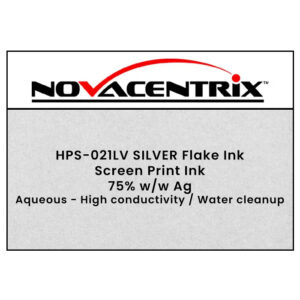 Select optionsClick to Compare
Select optionsClick to CompareDeposition: Screen Print Vehicle: Aqueous-based Resistivity: 5.1E-6 to 2.8E-5 ohm-cm Substrates: Paper, plastics, glass, metal Features: Low viscosity, high conductivity -
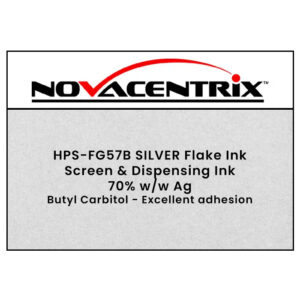 Select optionsClick to Compare
Select optionsClick to CompareDeposition: Screen Print Vehicle: Butyl carbitol Resistivity: 1.0E-5 to 2.3E-5 ohm-cm Substrates: Paper, plastics, glass, metal Features: Excellent adhesion and water resistance -
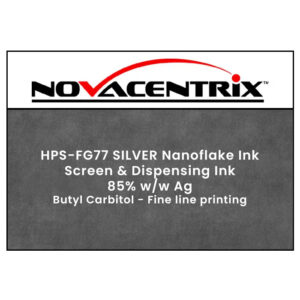 Select optionsClick to Compare
Select optionsClick to CompareDeposition: Screen Print Vehicle: Butyl carbitol Resistivity: 5.1E-6 to 1.8E-5 ohm-cm Substrates: Paper, plastics, glass, metal Features: High loading, fine line printing, dispensable -
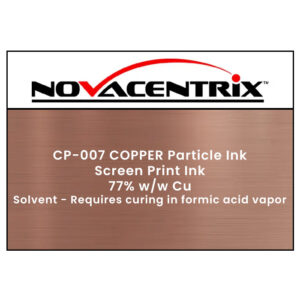 Select optionsClick to Compare
Select optionsClick to CompareDeposition: Screen Print Vehicle: Terpineol Resistivity: ~1.8E-5 ohm-cm Substrates: Polyimide, FR4, glass, fabrics Features: Requires formic acid atmosphere curing -
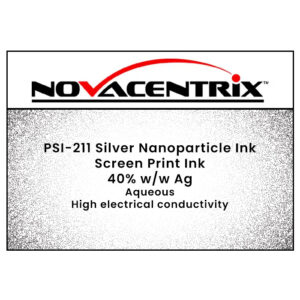 Select optionsClick to Compare
Select optionsClick to CompareDeposition: Screen Print Vehicle: Aqueous-based Resistivity: 4.2E-6 to 1.0E-5 ohm-cm Substrates: Treated polyester, polyimide, glass, polycarbonate, coated papers, and cardstock Features: High conductivity, low surface roughness -
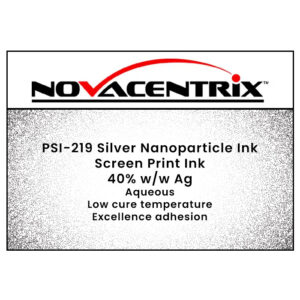 Select optionsClick to Compare
Select optionsClick to CompareDeposition: Screen Print Vehicle: Aqueous-based Resistivity: 4.9E-6 to 1.4E-5 ohm-cm Substrates: Treated polyester, polyimide, glass, polycarbonate, coated papers, and cardstock Features: Excellent adhesion, low surface roughness -
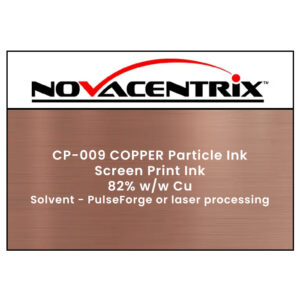 Select optionsClick to Compare
Select optionsClick to CompareDeposition: Screen Print Vehicle: Non-Aqueous Resistivity: ~2.5E-5 ohm-cm Substrates: PET, polyimide, glass Features: Requires PulseForge processing -
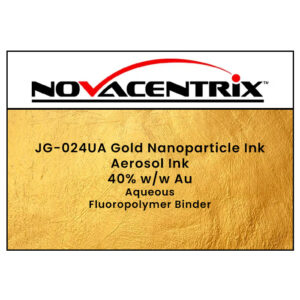 Select optionsClick to Compare
Select optionsClick to CompareDeposition: Aerosol Vehicle: Aqueous Resistivity: 4.2E-4 to 1.9E-5 ohm-cm Substrates: Plastics, glass and metal Features: Contains a fluoropolymer for excellent adhesion and water resistance -
 Select optionsClick to Compare
Select optionsClick to CompareDeposition: Inkjet Vehicle: Aqueous Resistivity: 4.2E-4 to 1.9E-5 ohm-cm Substrates: Plastics, glass and metal Features: Contains a fluoropolymer for excellent adhesion and water resistance -
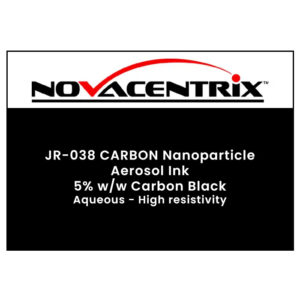 Select optionsClick to Compare
Select optionsClick to CompareDeposition: Aerosol Vehicle: Aqueous Resistivity: 0.8 ohm-cm (curing at 100-225C) Substrates: Plastics, glass and metal Features: Contains a fluoropolymer for excellent adhesion and good water resistance -
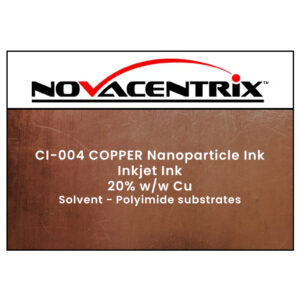 Select optionsClick to Compare
Select optionsClick to CompareDeposition: Inkjet Vehicle: Glycol ether Resistivity: 1.2E-5 ohm-cm Substrates: Polyimide Features: Process with PulseForge, laser, or formic acid vapor -
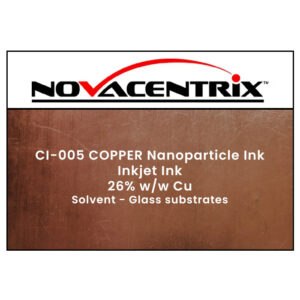 Select optionsClick to Compare
Select optionsClick to CompareDeposition: Inkjet Vehicle: Glycol ether Resistivity: 9.0E-6 ohm-cm Substrates: Coated and uncoated glass Features: Process with laser or formic acid vapor

